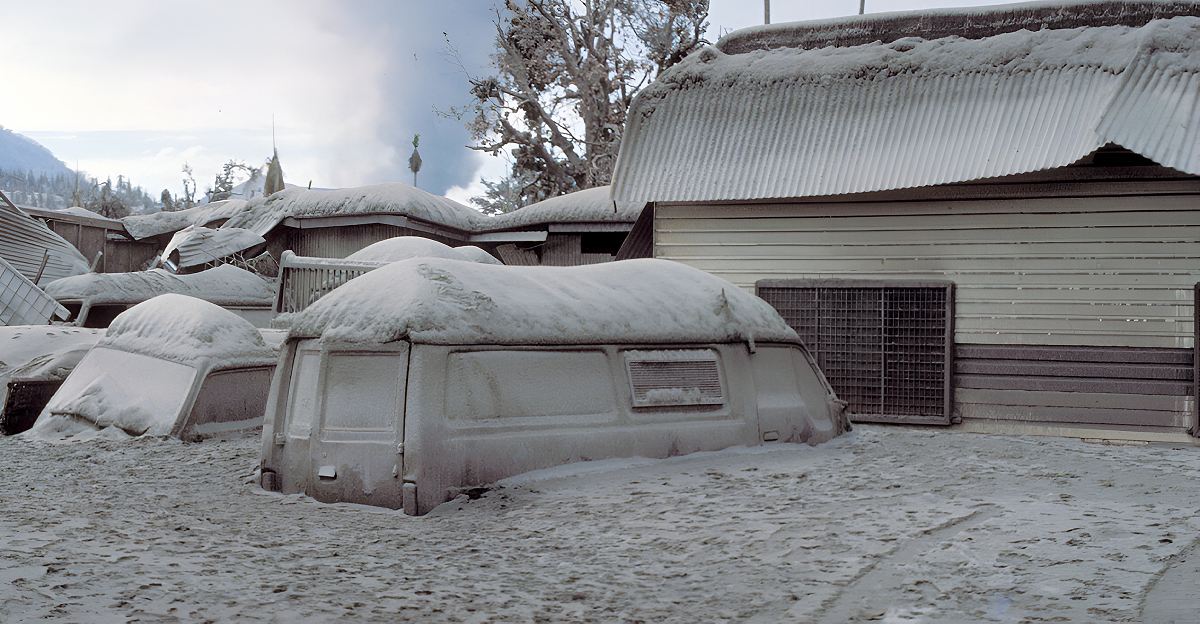
Beneath the breathtaking landscapes of Yellowstone National Park sits one of the most powerful volcanoes on Earth. Known as a supervolcano, this underground giant contains enough molten rock to alter life across an entire continent if it ever erupts. Thankfully, such an event is rare, and experts believe the chance of it happening anytime soon is low. Still, scientists stress that constant monitoring is essential.
The Yellowstone crater measures about 50 miles long and 30 miles wide, covering parts of Wyoming, Montana, and Idaho. Its last supereruption happened roughly 640,000 years ago, leaving behind ash that spread across much of North America. Small quakes are normal, and this doesn’t mean an eruption is near, but they help scientists study the movements beneath the surface.
The Hidden Threat Below
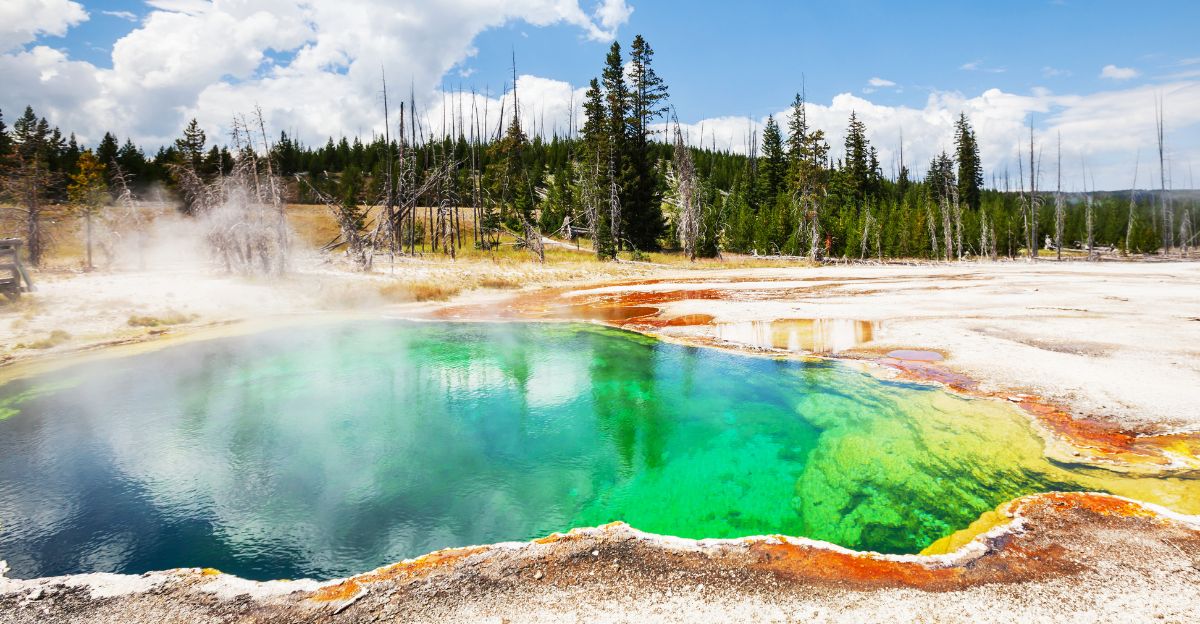
Disaster movies love to show world-ending volcanic eruptions, but what lies under Yellowstone is far from fiction, it’s a real possibility. If the supervolcano were to go off, scientists say the impact would be far worse than anything people have ever experienced. Recent studies and computer models reveal that an eruption this big could spew volcanic ash and gases across thousands of miles.
A giant magma reservoir lies deep beneath Yellowstone and has been slowly growing and shifting for millennia. Scientists monitor these changes every day with satellites, seismographs, and gas sensors. Although most tremors and hot spring burps at Yellowstone are harmless, they add tension because they could, in theory, signal larger movement.
A Volcano Waiting to Explode

Visitors see incredible sights like Old Faithful geyser and colorful hot springs at Yellowstone. What they don’t see is the massive volcanic system hidden below the surface. Underneath, molten rock, gases, and water create a high-pressure environment. If pushed too far, it could unleash blistering-hot gas and volcanic rock currents moving faster than a jet plane.
According to USGS models, these surges would instantly destroy anything within 60 miles of the eruption site. Toxic gases like sulfur dioxide would fill the air, worsening the devastation. It would mean instant ruin for towns, wildlife, and forests surrounding Yellowstone. “If Yellowstone erupts, the immediate area would be unrecognizable within minutes.”
1. A Nation Covered in Ash

Even if Yellowstone did not explode with its full force, history shows that even smaller eruptions in the area have carried ash as far as the Mississippi River. A full-scale eruption could blanket much of the country with ash, choking crops, clogging cars, and contaminating water supplies. Air quality would worsen dramatically, making it unsafe for millions to breathe without proper protection.
Highways would jam as people tried to escape, while airports would become unusable because ash destroys jet engines. Farms across the Midwest could be paralyzed in days. Even states far from Yellowstone’s crater would not escape the effects. According to National Geographic, “It’s not just a local disaster—it’s a national one.”
2. When Nature Unleashes Fury
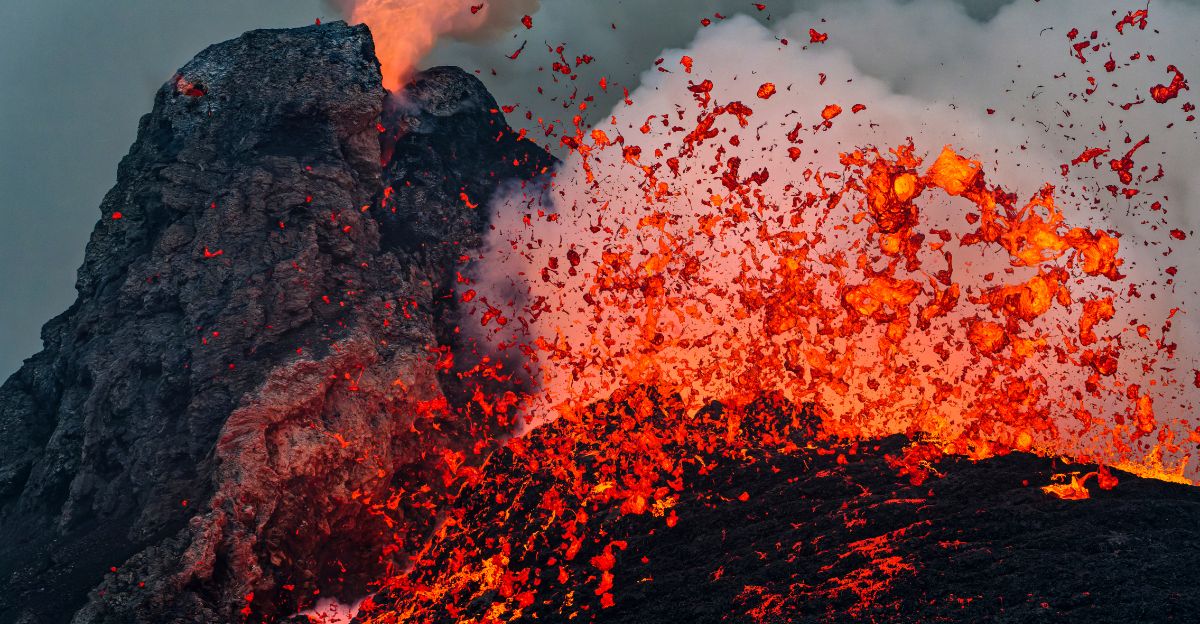
If Yellowstone erupted at full force, the amount of ash and rock launched into the air would be beyond imagination. Scientists estimate the volcano could eject over 1,000 cubic kilometers of material, enough to cover the entire U.S. in fine, choking ash.
As volcanologist Clive Oppenheimer explained, “Supereruptions are events that make human history look very small.” Unlike smaller volcanic disasters we’ve seen in modern times, this one would reach every corner of daily life, air, food, electricity, water, and even global trade.
3. Wyoming in Ruins

If Yellowstone erupted, the state of Wyoming, where most of the park lies, would face unimaginable devastation. The center of the explosion would unleash pyroclastic flows moving hundreds of miles per hour, sweeping across landscapes and swallowing towns within minutes. These flows are so hot and fast that nothing could survive. Rivers would become filled with ash, cutting off fresh water, while forests and grasslands would ignite into raging wildfires.
What makes it worse is that emergency responders in Wyoming would likely be cut off from survivors. Roads and bridges might vanish under ash and collapsed terrain, leaving helicopters as the only possible rescue option. According to GreenMatters, “The initial impact zone would simply cease to exist in its current form.”
4. Idaho and Montana Under Fire

Neighboring states like Idaho and Montana would find themselves on the frontlines moments after an eruption began. Ashfall in these areas would arrive quickly, covering towns, farms, and forests in layers of fine gray powder. This ash is not like soft dust, it is sharp volcanic glass that cuts into lungs, clogs engines, and crushes roofs under its weight. Entire towns near the park’s border could be forced to evacuate or be abandoned altogether.
Meteorologists predict that skies could stay unusually dark and polluted for weeks, with sunlight barely visible through the ash clouds. “It would be like winter in the middle of summer,” one USGS scientist said.
5. North America Buried in Ash
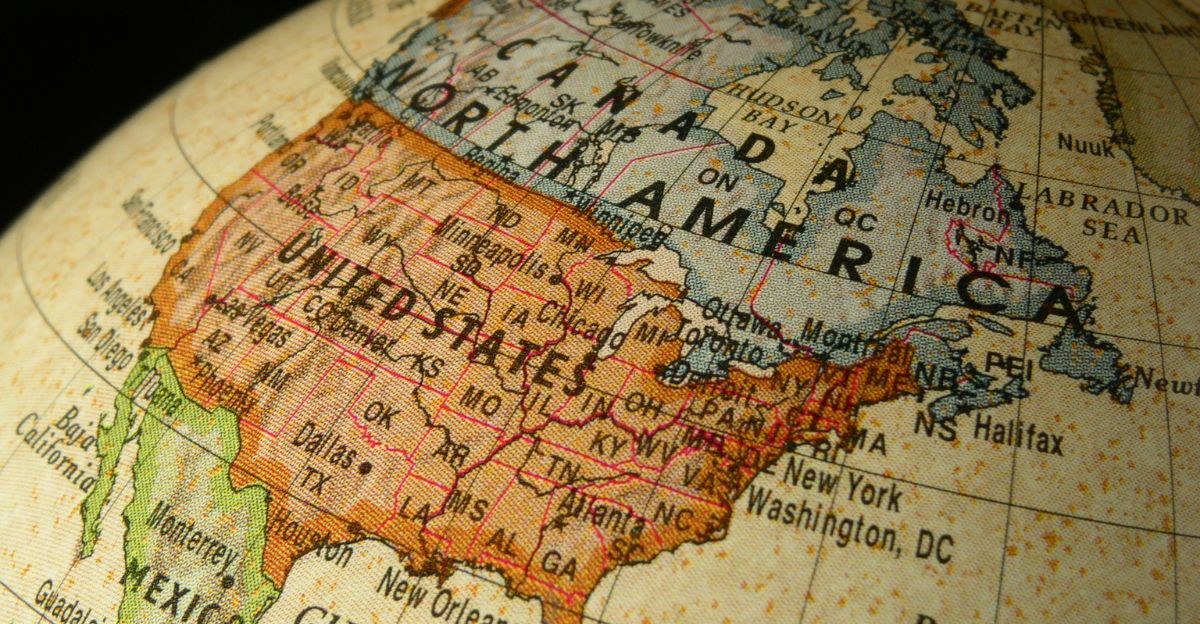
The destruction from Yellowstone would not stay local. Within weeks of the eruption, ash clouds could spread across much of North America, carried eastward by prevailing winds. Large cities, including Denver, Salt Lake City, and even Chicago, could see layers of ash coating streets, cars, and water systems. Once ash enters a city, it clogs everything from power plants and water treatment facilities to subway tunnels and hospital ventilation systems.
Imagine waking up in a city where the air smells like sulfur, the sky looks gray for weeks, and drinking tap water could make you sick. That’s the reality experts warn could happen after a Yellowstone disaster.
6. Farming Collapse Across the Heartland
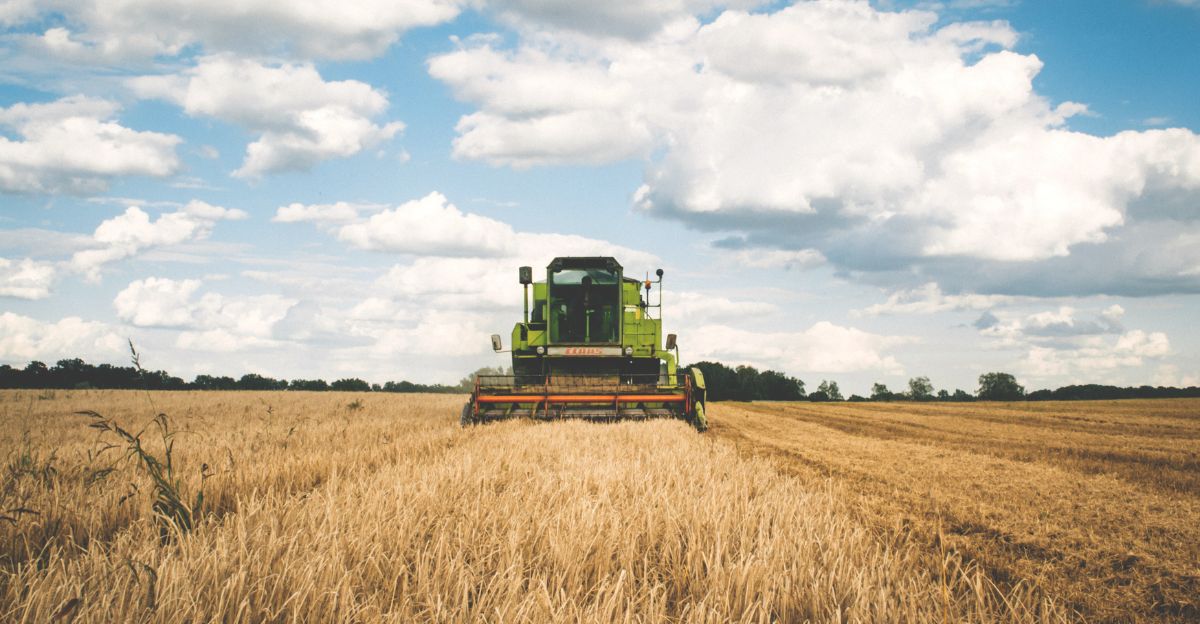
One of the deadliest knock-on effects of a Yellowstone eruption would be the collapse of agriculture. Plants need sunlight to grow, but dense clouds of ash and dust would darken skies, blocking most sunlight across the Midwest and even into Canada. Farmers would watch harvests disappear overnight. Dead livestock and poisoned water supplies would worsen the situation.
According to a Reuters report, the U.S. Department of Agriculture predicts that such crop failures would trigger rolling waves of food shortages. The economic shockwaves would ripple from family farms to grocery stores across the globe.
7. Lights Out Across America
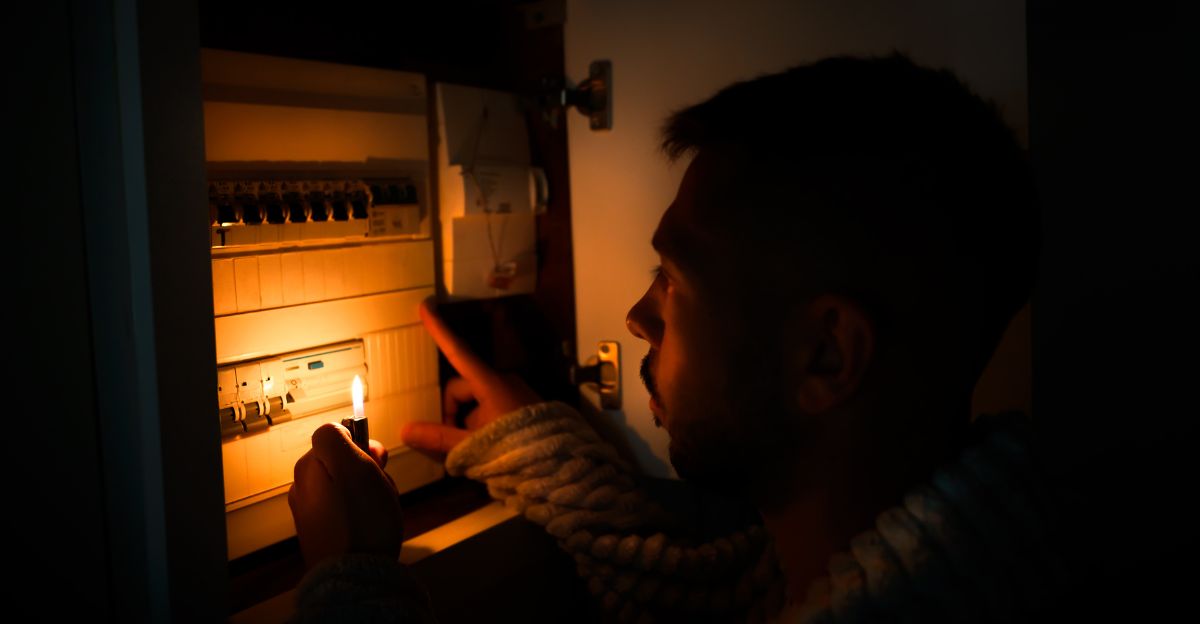
Few people realize how dangerous volcanic ash is to electricity. Unlike regular dust, volcanic ash is highly conductive, which means it can cause electrical systems to fail instantly. When it settles on power lines and transformers, it short-circuits them and can ignite electrical fires.
Scientists estimate that the United States could lose as much as 60% of its power grid in the first week alone if Yellowstone burst to life. Entire regions could be plunged into darkness, from sprawling cities to small rural communities. Without electricity, hospitals would lose critical systems, phones would stop working, and internet services would fail. According to the USGS, “We are talking about months or years of grid rebuilding.”
8. A Water Crisis Few Imagine
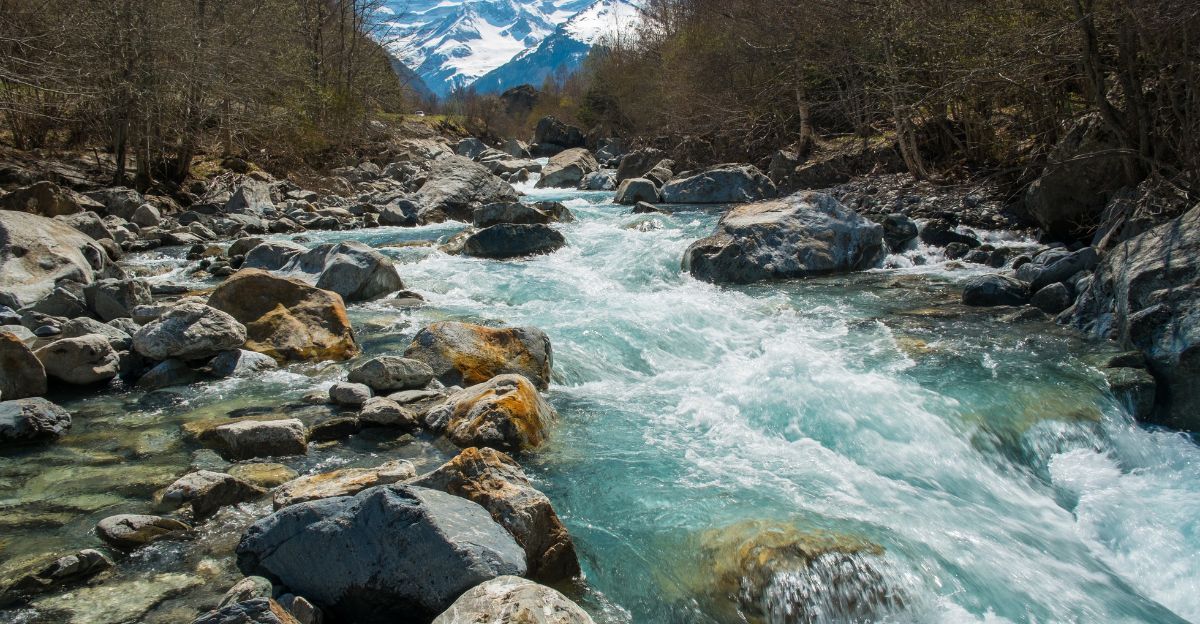
Clean water, something most people take for granted, could become one of the fastest casualties after a Yellowstone eruption. Volcanic ash would settle into rivers, lakes, and reservoirs, making drinking water unsafe. Treatment plants designed for normal pollution would collapse under the dense, corrosive ash. Millions of households would lose access to clean tap water overnight.
In that situation, boil advisories would not be enough, the sheer volume of contamination would overwhelm any basic home solution. Shipments of bottled water would spike, but with roads blocked and supply chains crippled, reaching millions of thirsty people could take weeks or more. “When ash hits the water supply, it shuts everything down,” reported National Geographic. International aid might try to help deliver resources, but moving trucks, planes, or boats during a disaster of this scale would be nearly impossible.
9. A Trillion-Dollar Disaster

The financial side of a Yellowstone eruption would be staggering. Economists predict damages could top $1 trillion in just the first months. Insurance companies would collapse under claims, leaving homeowners, farmers, and businesses unsupported. Banks and global investors would panic, spreading financial crash waves far beyond U.S. borders.
Some experts compare it to the Great Depression, but it is worse because the disaster would simultaneously disrupt global trade, shipping, and agriculture. BBC analysts explained, “A supereruption would not just hit the U.S. economy—it would hit the world’s economy.”
10. Freezing the Planet

Beyond the U.S., a Yellowstone eruption would cause dramatic changes in the world’s climate. The blast would send millions of tons of sulfur dioxide and volcanic ash high into the atmosphere. These tiny particles would block out sunlight, reducing the Earth’s surface temperature for years. Scientists estimate a drop of up to 39°F, a major shift that could devastate crops and ecosystems globally.
This kind of sudden cooling is known as a “volcanic winter.” Harvard scientists note, “The climate impact of a Yellowstone eruption could last a decade, not just a season.” Lower temperatures would mean shorter growing seasons, more deaths from cold, and dangerous shifts in rainfall patterns.
11. Cities Far from Yellowstone at Risk

Even cities thousands of miles away would not escape Yellowstone’s reach. Places like Miami, New York, and Boston may seem untouchable, but they could still receive thin layers of volcanic ash. While this ash might only measure a few millimeters on the ground, it is incredibly disruptive. It can clog storm drains, ruin car engines, and make roads slippery and unsafe.
Flights in and out of major airports would be grounded, as even a little ash can shred jet engines. “Even a thin coating of ash can make a city grind to a halt,” explained BBC scientists. More importantly, the spreading disruption would create a sense of helplessness nationwide.
12. West Coast Fallout

Although not at the eruption’s epicenter, the Pacific Coast wouldn’t escape Yellowstone’s destructive reach. Cities like San Francisco, Los Angeles, and Seattle could find their skies darkened for weeks as wind carries fine ash westward. This kind of fallout wouldn’t just dirty cars or block sunlight; it would create regional health crises. Breathing in volcanic ash can damage lungs permanently, especially for children, the elderly, or people with asthma.
Hospitals across the West Coast would see spikes in emergency visits. Factories and industrial centers would shut down from unsafe air and broken machinery. Even though the West Coast is full of disaster preparedness plans an event of this scale would stretch resources to the breaking point.
13. Politics and New Laws
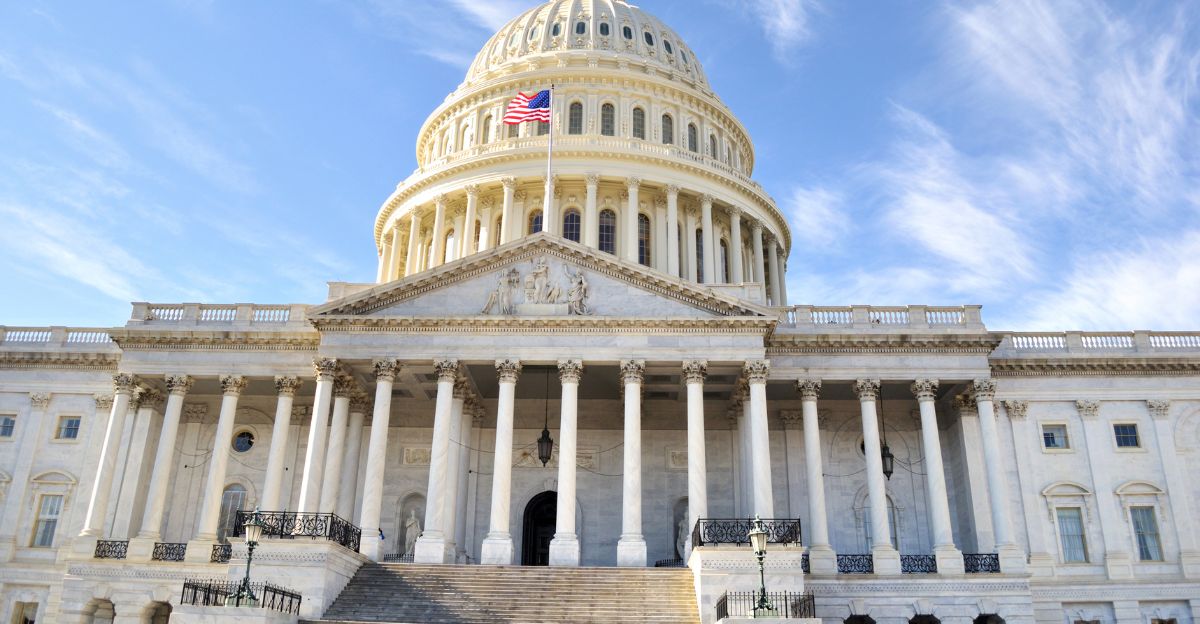
After an eruption, the U.S. government would face immense political pressure. Citizens and lawmakers would demand answers: Were warnings missed? Could more preparation have been made? Congressional hearings have already debated funding for volcano monitoring and national disaster readiness. Some proposed policies include a national ash response plan, backup food reserves, and advanced evacuation maps.
Federal agencies like FEMA and USGS could be dragged into court over how much they did, or didn’t, do to prepare. A Senate transcript noted, “The public deserves to know that if the worst happens, their government is ready.” Communities hit hardest, especially in Wyoming, Idaho, and Montana, might demand compensation for lost homes, businesses, and farmland. But given the immense scale, no amount of aid could fully replace what’s lost.
14. Ripple Through Global Industries

The effects of a Yellowstone eruption would not stop at food and power, it would ripple across nearly every industry. Insurance companies would face billions of dollars in claims, and some might go bankrupt trying to pay them. Airlines would collapse as volcanic ash grounded flights worldwide. Global shipping routes would be stalled, worsening shortages.
Even energy companies weakened by destroyed power grids would struggle to rebuild. From international exporters to local grocery chains, the food industry would scramble to stabilize prices and find new suppliers. “Every major sector would be transformed by Yellowstone,” warned The Wall Street Journal.
Depending on coal and steel, manufacturers would see raw materials vanish, while tech companies would struggle as rare earth mines out west shut down. Even industries like tourism and entertainment, which seem far removed from geology, would crash as people moved into survival mode.
Fear on Social Media

If Yellowstone erupted, the disaster wouldn’t just play out in the skies, it would also play out on social media. Social media platforms would instantly explode with rumors, misinformation, and fear-driven posts. Authorities know managing panic online is as important as managing it on the ground. That’s why USGS and FEMA have already created rapid-response communication channels to counter false claims.
“The panic will spread faster than the ash,” one crisis expert explained. In the modern world, true or false information travels faster than disaster.
Learning from History
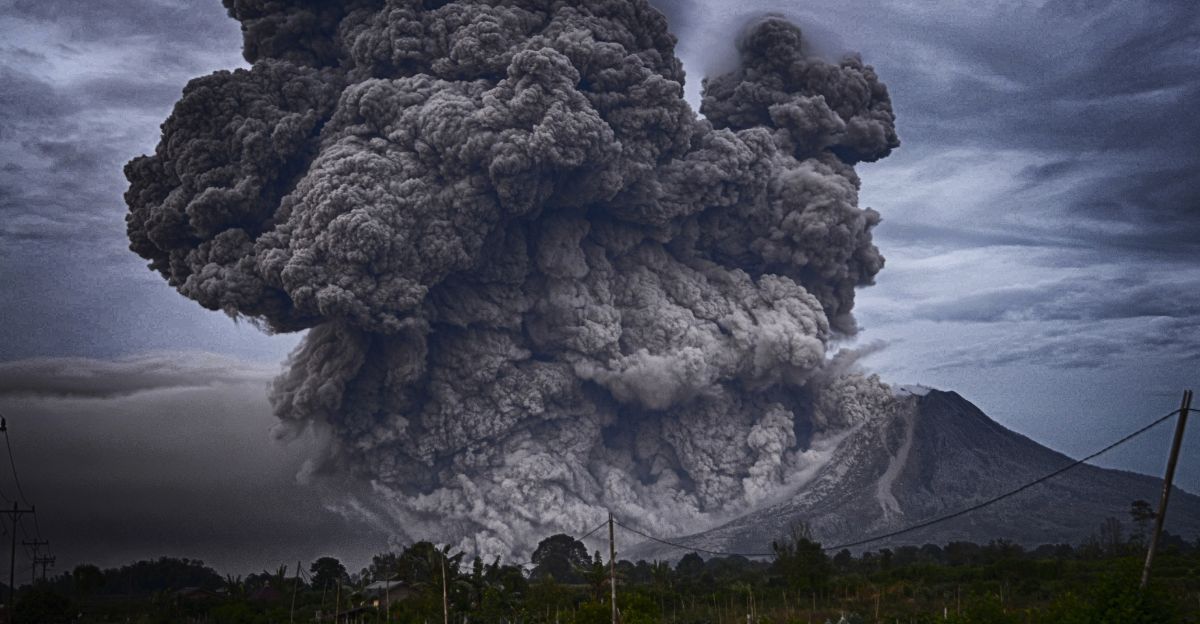
While Yellowstone seems unique in its size, history shows us smaller but still devastating volcanic eruptions. Krakatoa in 1883 destroyed over 36,000 lives and launched ash that darkened the skies globally. Mount Tambora in 1815 created global food shortages after dropping global temperatures for a year. Both events left marks not only on landscapes but on human history, reshaping economies, agriculture, and even politics.
Scientists use these examples to understand how Yellowstone could play out, even though its potential scale is larger. Researchers strengthen monitoring systems, communication strategies, and disaster planning by studying past eruptions. Each eruption in history, tragic as it was, helps prepare the world for what Yellowstone could bring.
What’s Next for Yellowstone?

The good news is that Yellowstone eruptions are extremely rare, and scientists say a supereruption is highly unlikely in our lifetime. But that doesn’t mean we can ignore the risk. Preparing for disasters, even unlikely ones, is what keeps societies resilient. USGS scientists remind us that “Preparedness, strong science, and clear communication are the best defense we have.”
Continuous monitoring at Yellowstone already provides an early warning system, giving precious time should anything change underground. Humanity cannot stop Earth’s forces, but we can be ready to face them.